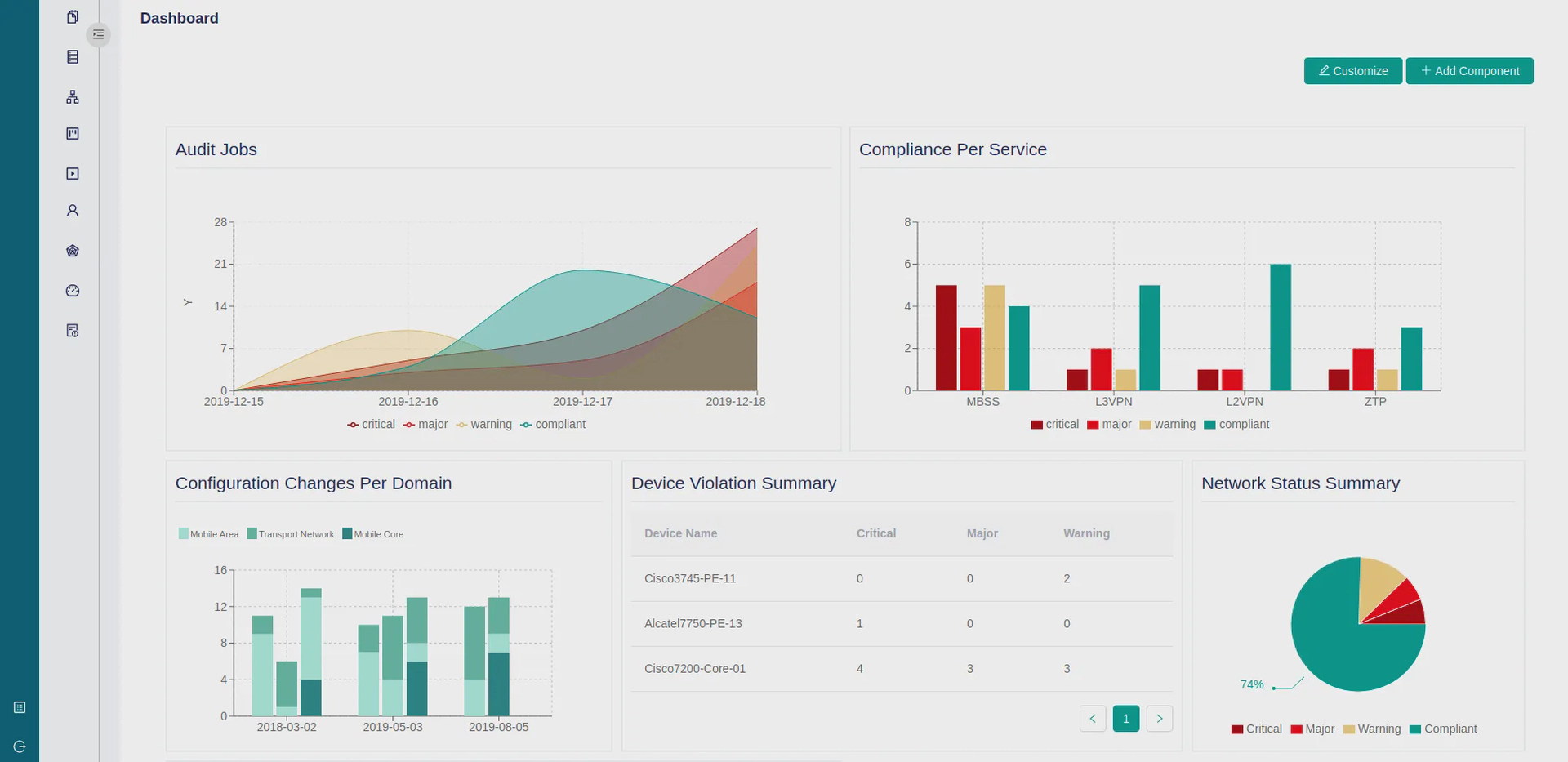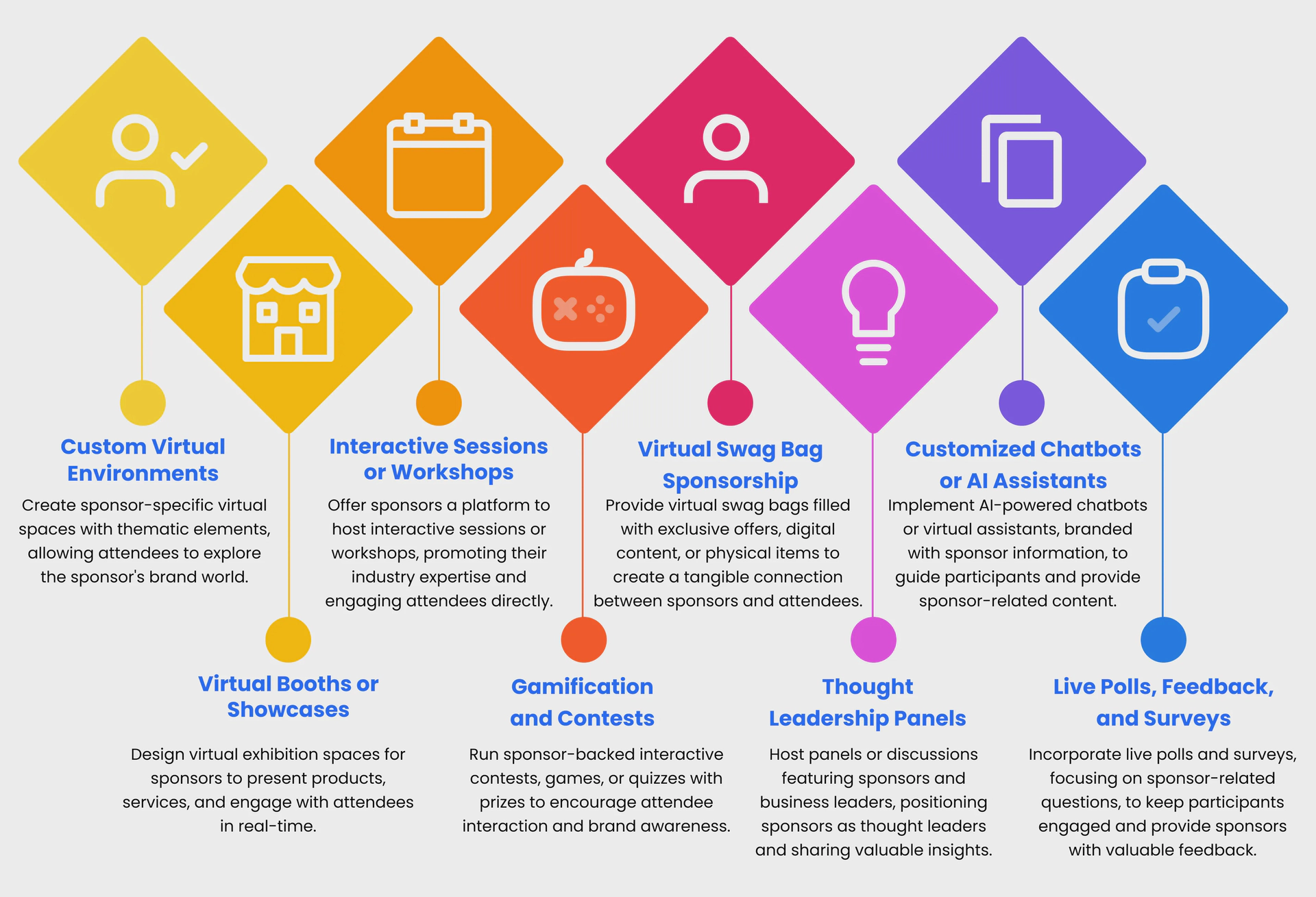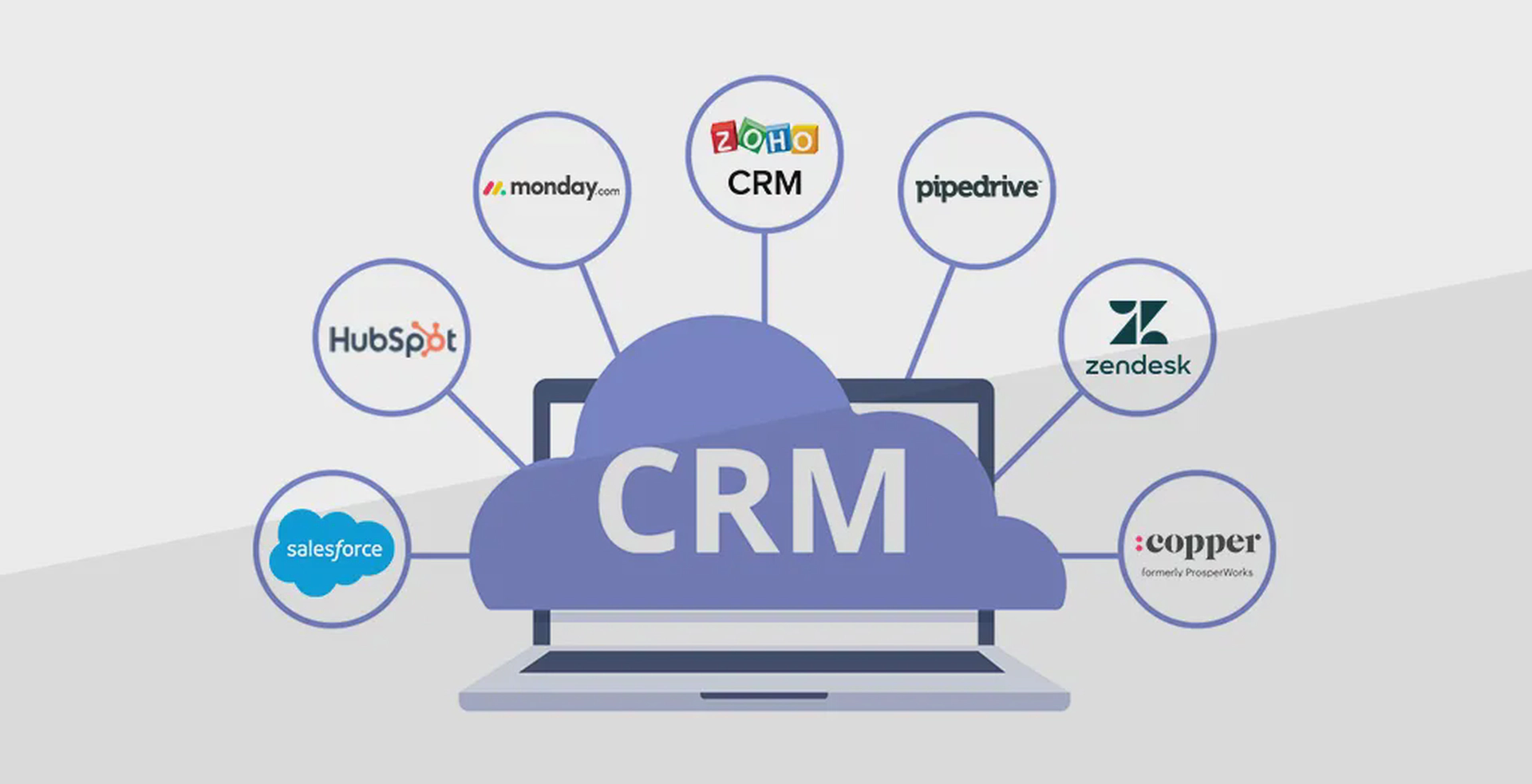
The Future Is Now - 8 Breakthrough Technologies Of 2024
Every year, there are new technologies that make a difference in the world. 2024 is turning out to be amazing …

These 5 no code SaaS ideas have huge potential for 2024. And if you start one of these right now, you could end up like one of these people who either sold their company or raised millions of dollars with the power of no code.
Are you ready to finally make 2024 your breakout year? Well, if so, here are five no code SaaS ideas that you can steal for 2024.
Before jumping into these ideas, what is SaaS, and why is it the most influential business model for 2024?
SaaS stands for software as a service, and it’s basically where you build software once, and then you charge people to get access to it on a monthly basis.
And there are three main reasons why investors love this business model.
First of all, it is highly profitable. So average businesses have profit margins of around 20 30%.
Software as a service has 70% to 90% profit margins. Then, because it’s software and you can access it from anywhere in the world, it is incredibly scalable. So you can build it once and have global reach.
And finally, because you’re charging people on a recurring basis, SaaS businesses are selling for three times more than traditional businesses. And that’s why so many Silicon Valley investors are pouring hundreds of millions of dollars in these companies.
Let’s get back to these ideas.

Basically, it is a hub that centralizes data, and that really shows that data in a smart way for people to make decisions. It can include graphs, statistics, charts, and it really helps people make decisions and see things from a higher level.
So think of like an ads management platform, for example, where you’d be able to see how each one of your ads is doing, how each ad group is doing, how all the campaigns are doing, how much you’re spending, and from that top level view, you can start making decisions as a manager. So how does this work? Well, either you get the user to input data consistently over time, and then you have specific metrics to show them, or you dynamically pull in the data and then you organize it in a way that’s easy to understand. The key to being successful with this idea is to focus in on a specific niche.
For example, you could target people who are managing several vending machines who can compare how each one of them are doing on a higher level and make business decisions based on that. You could target it specifically to law firms or maybe to retail stores. The more specific you are, the better you are going to be at representing the numbers that that industry actually cares about.
Right. And focus on small medium businesses instead of going after these massive companies at first. Why? Well, because there’s quite a few of these individual businesses that you can get to subscribe for a monthly subscription, and you can easily charge them $49 a month.
100 customers. That’s $5,000 a month. Okay, Christian, but how do I build it? Well, if you want to build a simple version of this, you can build it leveraging Airtable as a database and softer as a front end.
But if you’re more confident in your no code skills, you can jump into more complex platforms, either bubble if you’re trying to build it as a web app, or Flutterflow if you’re trying to build it as a mobile app. One common downside is that if you are getting information from another source and that source stops providing that data, then you have a broken tool. So, for example, Twitter at some point decided that they would only give access to their API, essentially their data, for a very expensive price.
They completely changed their pricing from one day to another. And for a lot of small medium businesses, they couldn’t afford that price anymore, and they had to stop getting that data from Twitter. And the shortcut to launch this idea, because we’re talking about literally crunching numbers here, would be to get the data, crunch the numbers, create a report, and then either put the report behind a paywall or simply charge them for the report.
And of course, you’re not gonna do that for 100 customers, but you could do it for the first 5, figure out exactly how you’re supposed to create that report, and then it makes sense to build it out with software.
Brings me to number two. Since the dawn of time, people buy and sell goods.
And if you are the one who’s able to connect those people, then you can take a commission. And that’s exactly what people do with marketplaces. So here, think of Airbnb, Upwork, Amazon, basically, they’re just the middlemen for a transaction.
And you can usually take a transaction fee of anywhere from ten to 20% of the transaction itself. It really just depends on the industry that we’re talking about here. In fact, a no code startup, that is a marketplace called Comet, was able to generate $700,000 a month leveraging no code tools.
And of course, the idea here is not to build another Amazon, but if you look at Chewy, they pretty much built the Amazon for pet food. They’re generating more than a billion dollars a year. So think of crazy niches, maybe in the video game space, maybe in anime, maybe secondhand shoes.
The beauty of this idea is to build specific for small niches and to become the place where people come to shop for that. Okay, so what tools can you use to build marketplaces? Well, if you just want it out of the box, you can use a tool called Share Tribe. Now, if you’d like to build a simple version of this, you could build it with Airtable and software.
This would be my recommendation for launch. And if you want to build a more complex version, you could use bubble. Let’s say that you do this for antique violins that sell for $1,000 and you take a 15% commission.
That’s $150. Multiply that by 100 transactions a month and you could be making anywhere between five and $15,000 a month. That’s great, Christian, but what’s the cheat code? Well, in this case, buyers usually just want to come to the platform.
They want to browse different items and then they want to select from those items. So what you could do is simply have a directory of items, and then when people ask to buy them, you could facilitate the transaction manually and make a commission and then continue to build the software so that it’s fully automated. But this is the quickest way to reach revenue.

Okay, so for this third idea, let me tell you the story of Swapstack.
They’re a no code platform that allows sponsorships to find the right newsletters. They facilitate the deal, take a commission and make money. And recently, when they hit $20,000 in recurring revenue every month, they were sold to a company called Beehive.
And guess what? Yes, they were built with no code tools. So what tools did they use to do this? They built their first mvp, leveraging Airtable, which is an incredibly flexible database, Zapier, which allows you to shoot information around then they used Webflow for the front end or the website and also had a couple of slack integrations as well. Now, Jake Singer, who is the founder of this company, was able to generate more than $300,000 with this idea.
And I actually think that this idea could be stolen for specific niches. So, for example, the other day I was watching a fishing video and I realized that this fishing channel had millions of subscribers. And I also realized there were lots of other channels with millions of subscribers.
So what if you became the representative of all the fishing brands to sponsor these fishing creators? And of course, this is a small niche, but guess what? You become the sponsorship platform for fishing companies. And for the person out there who makes millions of dollars with this idea, please bring me phishing. Okay, so similarly to the last one, the way that I would launch this would be actually by creating a database of people who are looking for sponsorships and then approaching some of the companies that might be good sponsors and simply connecting them and making money.
The other thing that you could do is find all of the phishing companies that are sponsoring events, sponsoring newsletters, sponsoring different influencers out there, create a database of contacts that people can reach out to, and, and then you can sell a subscription to influencers who want to find more sponsors for their channels.

Okay, so this brings us to number 4, which is a CRM, a customer relationship management platform. So these are platforms that track interactions between a company and its customers, making it easier to manage and improve their relationships over time.
So think of things like customer support, sales and marketing, or even customer feedback. Now, of course, we all know there are dinosaurs in this industry, companies like Salesforce or SAP CRM. But here what we’re talking about is targeting small medium businesses specifically for the needs they have for the CRM, instead of having these massive products that are super bloated, difficult to use, and just frankly, dinosaurs.
So here the opportunity, again, is to cater specifically to a small niche. So for example, what if we went after dentists who had a small practice or cleaners who had specific needs when it came to cleaning houses, notifications, post cleaning reports… So really just think of any industry where these individuals might have specific needs and become the best CRM for those needs.
And then guess what? You can easily charge $29 to $49 a month. You get 100 customers. That’s anywhere between three and $5,000 a month in recurring revenue, meaning that every single month you make three to $5,000, get more customers, then each month you’ll make more and more.
Again, the complete beauty of running a software business. So in terms of tools, it’s pretty straightforward. We built a CRM.
It took us three days, it cost us $40, and we used softer and Airtable. Now keep in mind, it’s a relatively simple CRM, and we can create all sorts of automations on the backend. And we actually only built the CRM so we could teach people how to use these two tools to build full web apps.
And yes, if you’re looking to get started launching your business with no code tools, then we have a free course below. We also have a newsletter you can subscribe to, and we have some paid options if you’d actually like to work with us. All of that in the description or weareknocode.com

This fifth idea I’m particularly excited about because ChatGPT, which was built by OpenAI, actually announced that now you can build your custom GPTs within their tool, meaning that you can build an AI startup and cater it to specific niches. So you could create a specific agent that would take care of question and answer for the automotive industry, right? So you could create one for Mercedes Benz, which really helps people guide them through their cars, is trained on all of the data that you receive from the cars themselves, which is publicly available information.
And then this agent can very easily interact and is very smart in making the recommendations, answering questions about the specific cars. This is a place where the more specialized you are, the better. All you have to do is upload all of the information that you have about this.
You need to then train the agent. Give it a role, give it a mission, tell it how you want it to act, give it a name, even, and boom, you can sell it to companies, or you can have people subscribe to that agent on a monthly basis. Okay, Christian, but this is so complicated.
What are you talking about? And how could I build it with no code? Well, it’s actually not that difficult. You can build one in 10 minutes in ChatGPT for simple ones, or you can use other platforms like Synthflow to be able to build out more complex ones with zero coding skills. All you got to do is you got to upload data, you got to train it on again, profile its role and how it’s supposed to sort of conduct that role, and then you can deploy it as a chatbot.
You could have it interact with it in an app, or you could even chat with it. This is actually one of the latest features that Synthflow has. And guess what if you build these agents as GPTs inside of ChatGPT? You can also sell them as part of a marketplace that they’re about to launch.
And in terms of generating money, if you’re just building a custom bot, you could either charge a one time building fee and just deliver them the product for about $5,000, or you could have them subscribe to it. This really depends on the industry that you’re in. And I think this is a big opportunity because it’s very timely and the people who take the time to learn it and get the best at it are the ones who are going to reap the rewards.
Now, the downside of this is that a lot of people will be building them just like apps. But hey, apps are still making so much money, so I wouldn’t be too, too worried about the amount of competition. And if I were you, I would learn some no code skills, a little bit of AI, and I would start building the company so that 2024 can be your best year ever.

Every year, there are new technologies that make a difference in the world. 2024 is turning out to be amazing …

Ten B2B SaaS examples that I'm sure you're going to get some amazing inspiration from. For each of these …

Top 13 Micro SaaS Ideas - Profitable Examples for 2024. That's going to give you some really good inspiration …